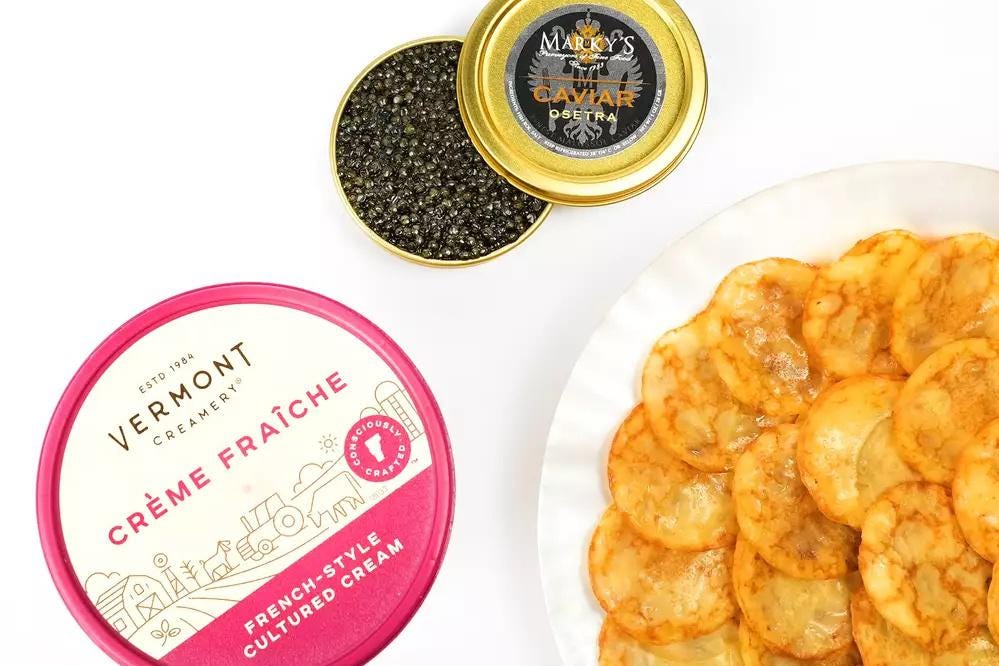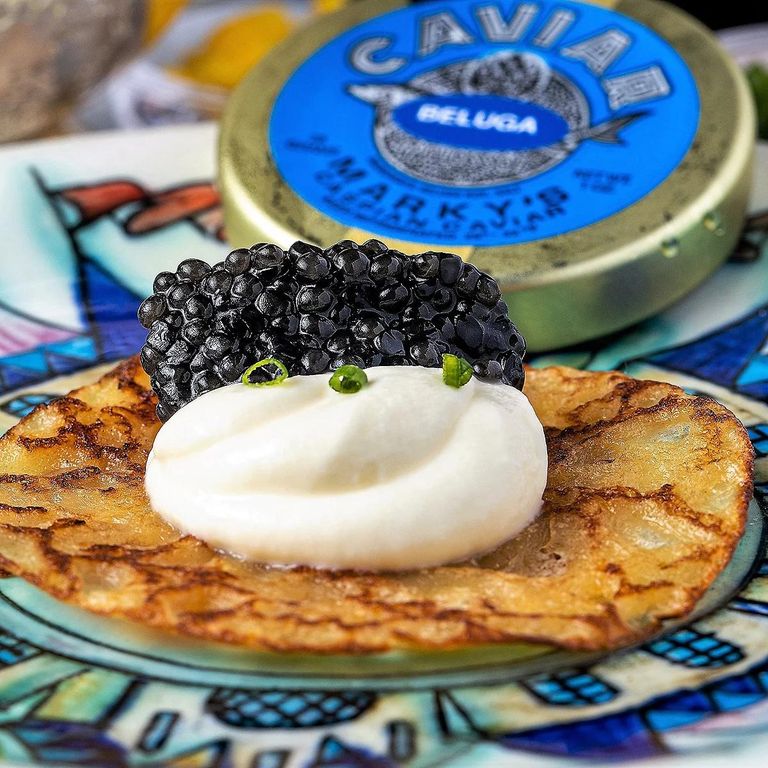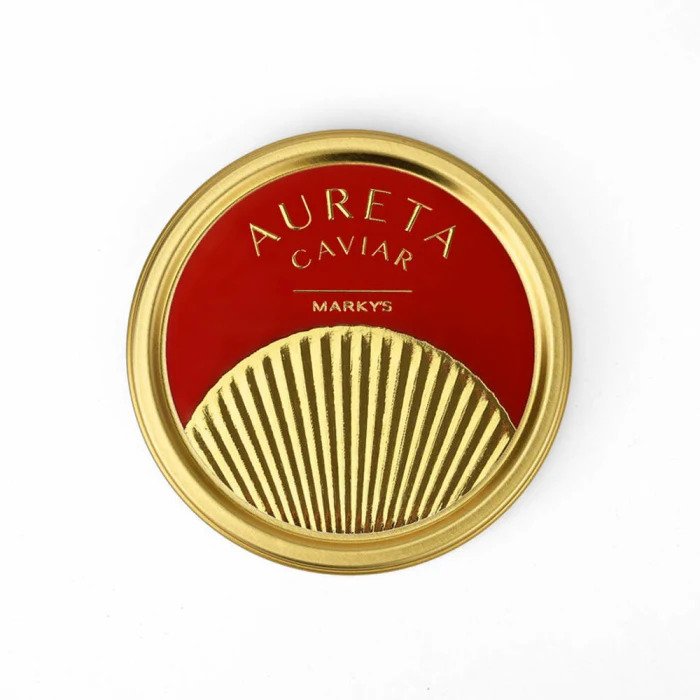Quest for caviar spurs U.S. versions
Posted on Wed, Nov. 23, 2005
Business
Quest for caviar spurs U.S. versions
By STEVE HARRISON
This email address is being protected from spambots. You need JavaScript enabled to view it.

Terri Harris recently had a glum revelation: No matter how splendid the taste or grand the occasion, she couldn't afford $215 for an ounce of beluga caviar, the going price at Epicure Market in Miami Beach.
For her upcoming New Year's celebration, Harris is stuck with California farm-raised caviar, at a mere $100 an ounce.
''It's tough now, really tough,'' said Harris of Miami. ``Caviar in itself is wonderful and decadent, but you can only go so far.''
Just how far caviar connoisseurs will go in their pursuit of the coveted fish eggs is being tested by two recent U.S. bans on beluga imports that have sent prices skyrocketing. Now entrepreneurs, including several in South Florida, have decided the only way to meet demand for the so-called black gold is to raise their own.
Miami importer Marky's Caviar, which paid $1 million for black-market caviar for the millennium celebrations, has stocked 100 sturgeon -- the fish that produce beluga caviar -- at a farm in Volusia County. It's hoping for its first harvest next year.
And German firm Caviar Creator says it will build next year a complex of tanks somewhere between here and Orlando.
Minimum amount sought from investors: $1 million.
''It costs us about $200 a kilo to produce and we'll sell it for $1,500 and up,'' said Caviar Creator President Frank Schaeffer, who counts German airline Lufthansa as one of his buyers.
SHRINKING SOURCE
Caviar farms are spreading because the U.S. bans exacerbated an already growing shortfall, due in part to caviar's popularity but also to massive overfishing that has decimated the beluga sturgeon population.
The world's total caviar catch was steady from the 1960s to the 1980s, hovering between 25,000 and 30,000 tons annually. But soon after the splintering of the Soviet Union, a jumble of nations jockeyed for control of the caviar trade. Poachers and pollution also hastened their demise.
Average annual catch this decade: Less than 5,000 tons.
The U.S. Fish and Wildlife Service banned the importation of beluga from the Caspian Sea in September, and followed that with a beluga ban from the Black Sea.
The 2005 bans could be lifted, the government said, if impacted countries submitted a plan for protecting the fish.
''I think it's highly unlikely we'll see a lifting of the ban anytime soon,'' said University of Miami professor Ellen Pikitch, executive director of the Pew Institute for Ocean Science.
``None of the affected countries have yet submitted plans for saving the sturgeon.''
ILLICIT MARKET
The ban doesn't apply to osetra and sevruga caviar, but the lack of beluga has pushed their prices up too.
So consumers who can't afford the rising prices are left with two options: The farm or the black market.
There has long been a black-market trade in caviar, and Miami's geography and wealth has facilitated smuggling. Customs has made several busts at Miami International Airport.
Salvation of the sturgeon may lie on the farm.
But its success will depend partly on whether caviar lovers turn up their noses at fish eggs lacking the status of the likes of New York importer Petrossian's ''Tsar Imperial beluga caviar,'' which sells for $2,850 for 13 ounces.
And, of course, whether it tastes good.
FARM-RAISED HURDLE
''A lot of [farm-raised caviar] almost tastes like sludge,'' said Sarah Freedman-Izquierdo, a buyer with Epicure market, which sells two types of farm-raised caviar.
``It has to be a quality product.''
On a recent Friday night, Epicure market hosted a farm-raised caviar and champagne tasting for $40 a person. It was clear why the sturgeon face such a bleak future: Ten minutes before the tasting began, there was a line of 30 people.
''Eventually everyone will be selling farm-raised caviar,'' said Steve Gerson of Hollywood, a former restaurateur who sampled the farm-raised eggs. ``Most places serve duck foie gras and no one knows the difference.''
But people who can tell the difference, or believe they can, have sent prices of the real beluga soaring.
Petrossian's price for its top beluga caviar has spiked from $170 for an ounce-and-¾ in 2003 to $391 today.
After New Year's, it won't be available at any price.
''By the end of the year, we will be done,'' said sales director Michel Emery. ``But a lot of people are still going for it. They feel this is the last time they will have it, at least for a while.''
At The Forge restaurant in Miami Beach, an appetizer portion of beluga goes for $125. At what price will customers stop buying?
''Maybe $250?'' mused General Manager Joseph Day.
Caterer Jorge Mena believes that between Miami's elaborate weddings and lavish events such as parties for new condominium towers, someone's budget will cover the fish eggs.
''If someone wants caviar, they will pay for it,'' Mena said.
http://www.miami.com/mld/miamiherald/business/national/8428934.htm?1c







